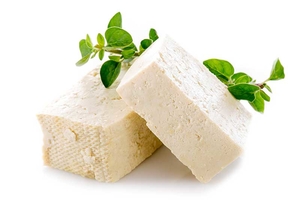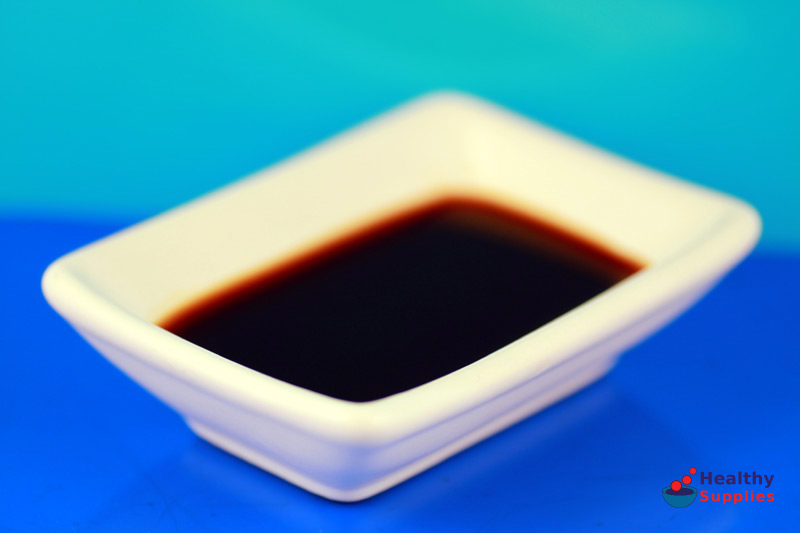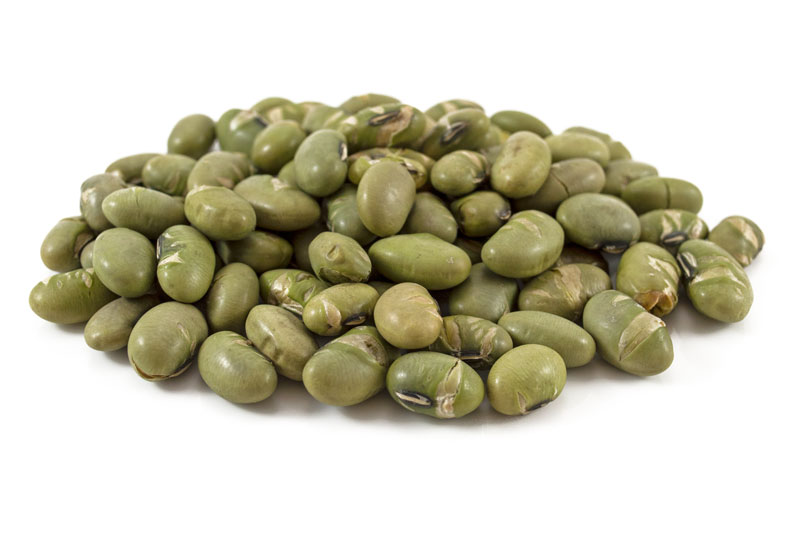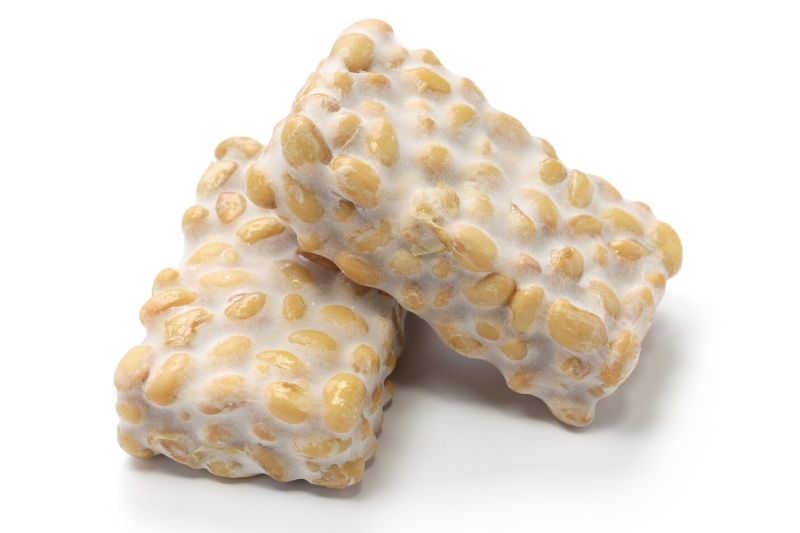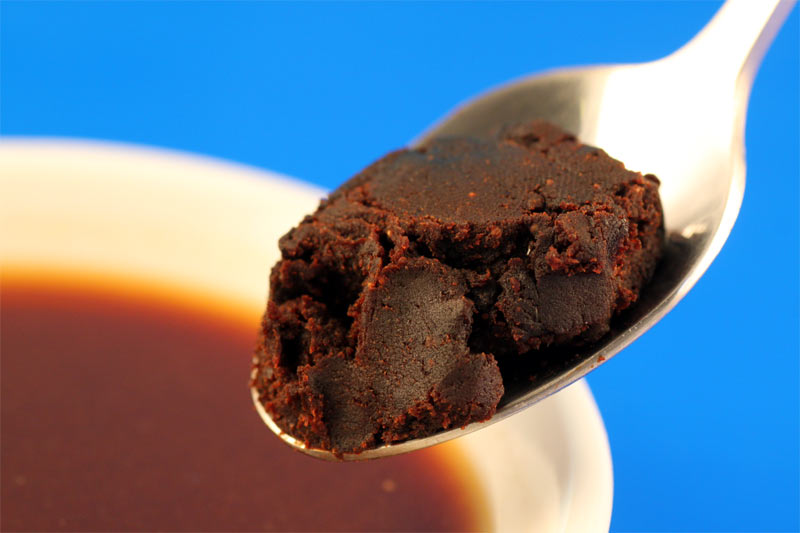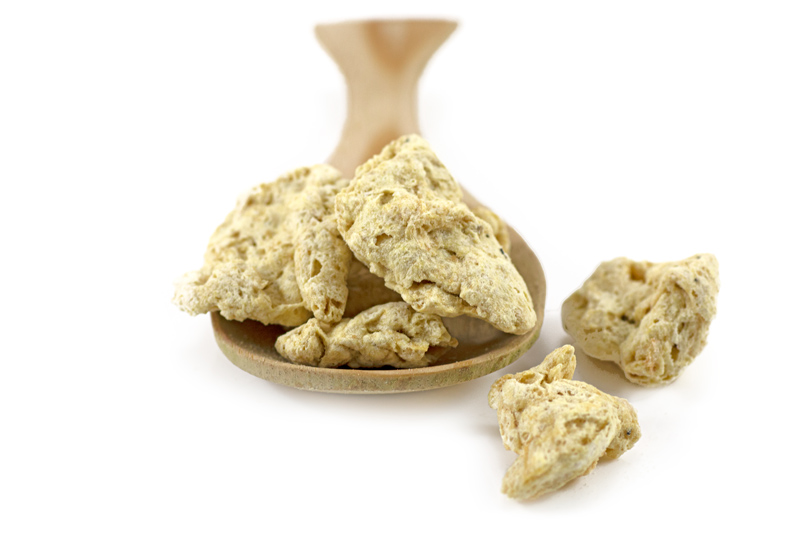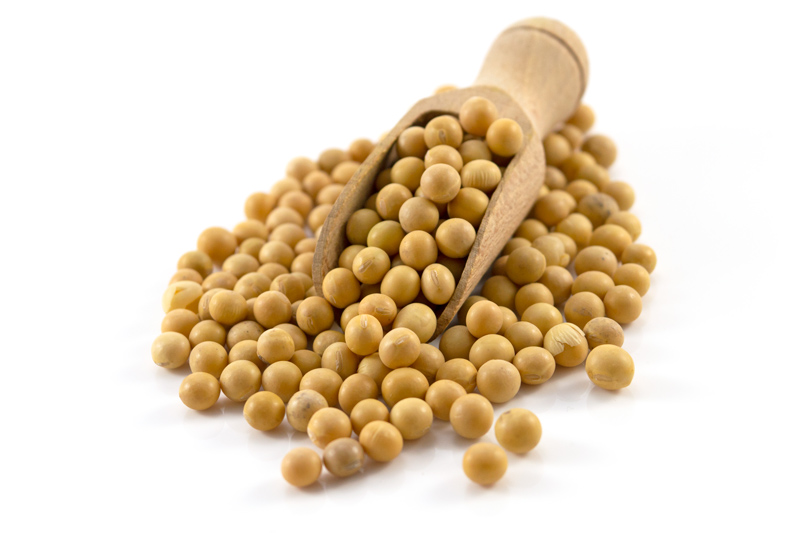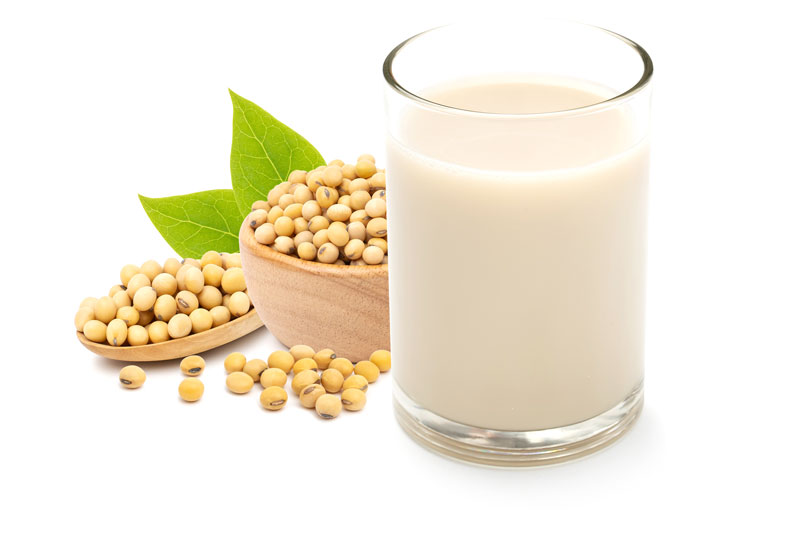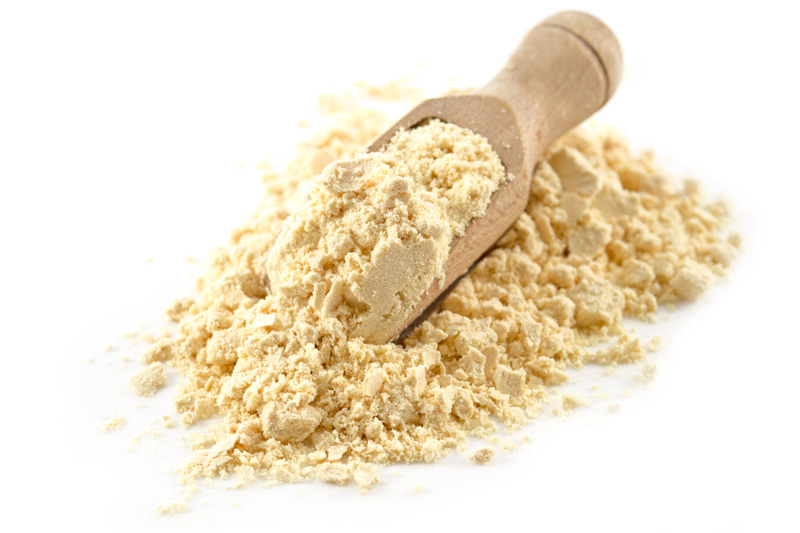The Joy of Soy
The soybean is one of the most widely cultivated crops on the planet. It’s extremely cheap and hugely versatile, and is consumed in various forms by billions of people every day. This humble bean has an impressive nutritional profile, and is relied upon as a major source of protein, fibre and essential minerals across East Asia and beyond.
In the West, most of us probably eat soy more often than we realise, as it has made its way into a vast number of products as an ingredient. It’s a mainstay of vegan and vegetarian diets especially, where it forms the basis of many meat alternatives, which draw upon its ability to replicate meat’s texture, mouth feel and deep, umami savouriness.
So let’s take a closer look at some of the main uses of this wonder-bean….
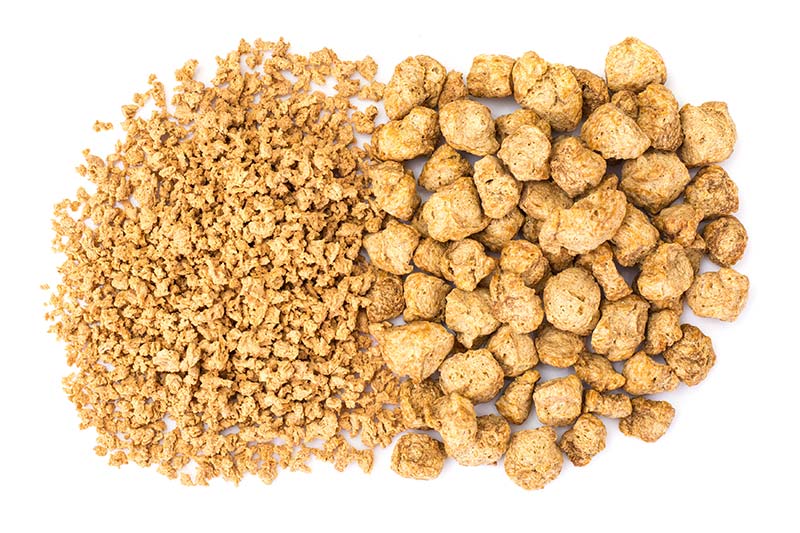
Tofu is made in a similar way to dairy cheese – milk made from soybeans is coagulated before the curds are pressed into blocks. Tofu comes in a variety of levels of firmness, from delicate, soft ‘silken’ varieties which are more suited to sauces and ‘scrambles’ such as this delicious one with tomatoes & basil, through to the more robust firm varieties, which are better for cubing and frying. Tofu is a sponge for flavours and works particularly well with spices. It’s low in calories, high in protein and minerals, and contains all nine essential amino acids.
No kitchen cupboard should be without a bottle or two of soy sauce. It comes in an array of different types, from dark and viscous ones perfect for adding deep flavour and colour, to lighter ones better suited to dips and marinades. It’s made from fermenting soybeans and wheat, but don’t worry if you’re avoiding gluten – there are some gluten-free choices too. Soy sauce is packed with beneficial antioxidants, and many have a prebiotic effect, helping the good bacteria in our gut thrive, aiding our digestive health. Those worried about its sodium content may like to try Aminos instead, which have lower levels.
Edamame beans are delicious. They’re soybeans which have been harvested earlier than usual and are greener in colour. They’re often eaten boiled, but we offer these amazingly moreish roasted ones which are a perfect mid-morning snack and superb in trail mixes. There’s plenty of evidence of health benefits from eating Edamame Beans, such as this research paper from 1998 which found they’re fantastic for our arteries.
Tempeh, a traditional Indonesian ingredient, is made from fermenting soybeans and pressing them. These odd-looking Weetabix-shaped oblong ‘cakes’ have a wonderful nutty taste and a lovely chewy texture. Many people favour tempeh over tofu as it has a more distinct flavour. It’s also absolutely rammed with first-class nutrition, with an impressive content of prebiotics which are splendid for our friendly gut bacteria. It’s also full of antioxidants, and its high calcium level is excellent for our bones and teeth.
Another popular soy flavour bomb, miso is a traditional Japanese paste made by fermenting soybeans with salt and a fungus called Aspergillus oryzae. Many different types are available, from barley and sweet white varieties through to the dark, intensely flavoured aged Hatcho miso. It’s an excellent flavouring for dishes and is commonly used as a stock or bouillon, and is superb for soups and sauces. It contains fantastic nutrition and is a great source of Vitamin K and choline, which is essential for our cells and neurons.
Soya chunks and soya mince (also sometimes known as TVP, or textured vegetable protein) have been a minstay of vegetarian cooking for many years. They’re made using soya flour that’s had its fat content removed, and they’re fantastic for soaking up flavours while providing a ‘meaty’ texture in dishes. Their protein content is comparable to many meats while they contain less saturated fat.
These are fully mature soya beans, yellow or beige in colour. Depending on the variety, they have a protein content of around 40-50%, which is over twice that of chickpeas. They’re superb in casseroles and stews, and have a low carbohydrate level, giving them a low Glycaemic Index, making them perfect for diabetics. They’re also an excellent source of the essential trace mineral Molybdenum, which prevents toxins building up in our bodies.
Soybeans make excellent non-dairy milk. It’s perfect for those avoiding the lactose present in cow’s milk, and is naturally free of cholesterol and low in saturated fat. It contains lots of protein and is a great source of potassium, which regulates our water balance, heart rhythm and many other essential bodily processes. It’s available fortified with calcium – and there’s even a ‘Barista’ version perfect with coffee!
Soy flour is made from ground soybeans and is naturally gluten-free. Boasting a very impressive fibre content, it’s also rich in isoflavones, potent antioxidants which help reduce damage to the body’s cells. It’s commonly used in flour blends or as a thickener in sauces, and its huge protein content means it’s often added to smoothies and energy bars.

